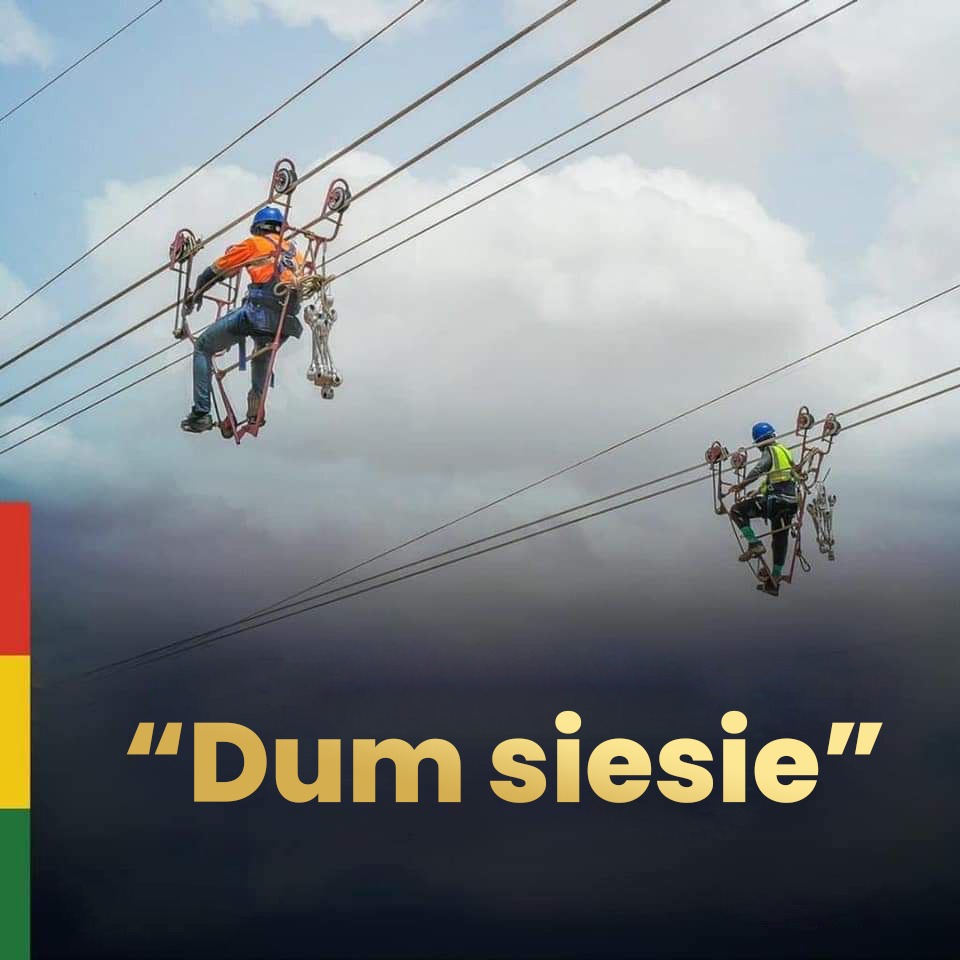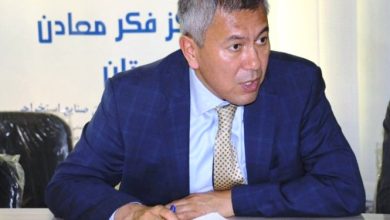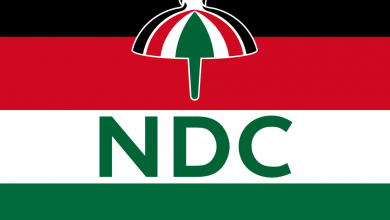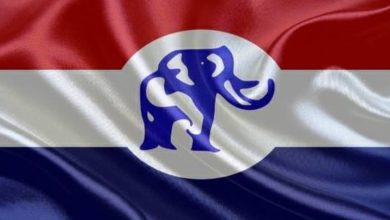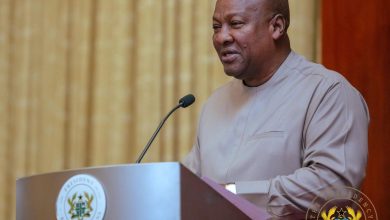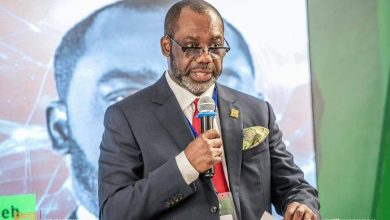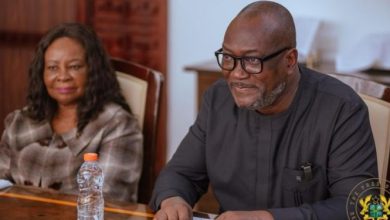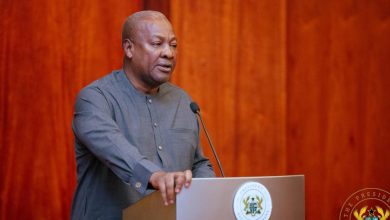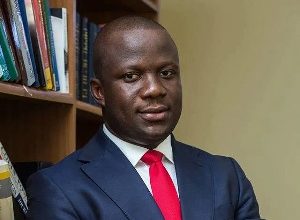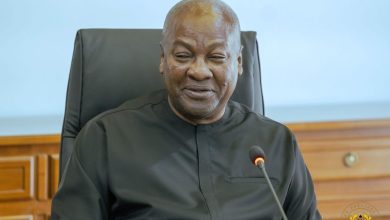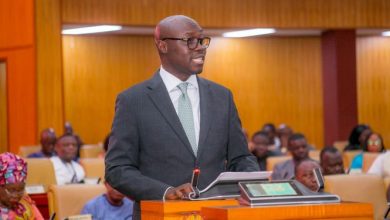‘Dum siesie’ stabilizes power supply
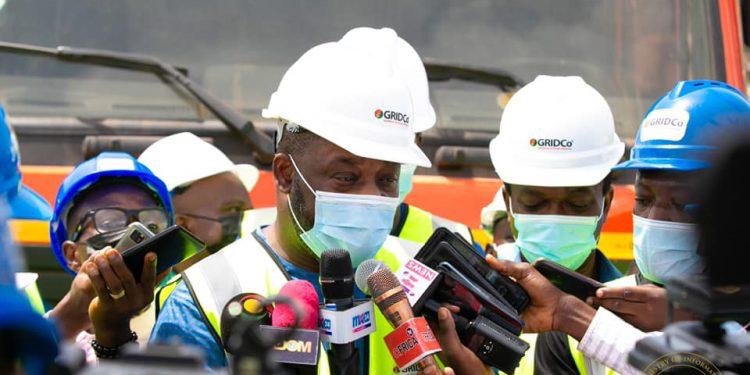
The Ministry of Energy has kept faith with Ghanaians following the ‘dum siesie’ declaration of the sector minister, Dr Matthew Opoku Prempeh.
Since he came out with the declaration in 2021, Dr Opoku Prempeh, popularly known as Napo, who is also the Member of Parliament for Manhyia South, has led the ministry to keep the lights on even in the face of the challenges in the power sector.
Many people who spoke to The Thunder in random interviews in Accra were relieved that the pockets of interrupted power supply experienced especially in the national capital and Kumasi have been largely addressed.
Nevertheless, they stressed the need for the government to work hard to sustain the gains made and also address the shortfalls still in the system.
Causes of outages
Before the minister assumed office in March 2021, there were agitations by many Ghanaians about power outages, sometimes unannounced. At various engagements, Dr Opoku Prempeh said what was going on was “dum siesie”, a Twi expression literally translated as putting off lights to fix inherent challenges.
Explaining the causes of the outages, he said a fire outbreak at the Aboadze thermal plant led to intermittent power curtailments in parts of the Western, Central, and Greater Accra Region. He indicated at the time that the Ghana Grid Company (GRIDCo) was working to put the entire network in a circuit in order to wheel energy where it was needed.
“But that has also meant we are increasingly having trip-offs if the load imbalance is unfavourable to the system, so the system decides to shut itself down to prevent machinery and equipment losses,” the minister explained.
Furthermore, he said there were congestions on transmission lines, causing trips in the power supply. “Parts of the Kasoa Bulk Supply Point system are also going off because of the congestion and everything that is happening,” he explained.
In Kumasi and other parts of the middle belt, the root cause of the problem, as explained by GRIDCo, was the collapse of a communication tower on the 330kV Aboadze to Kumasi transmission line at Bogoso.
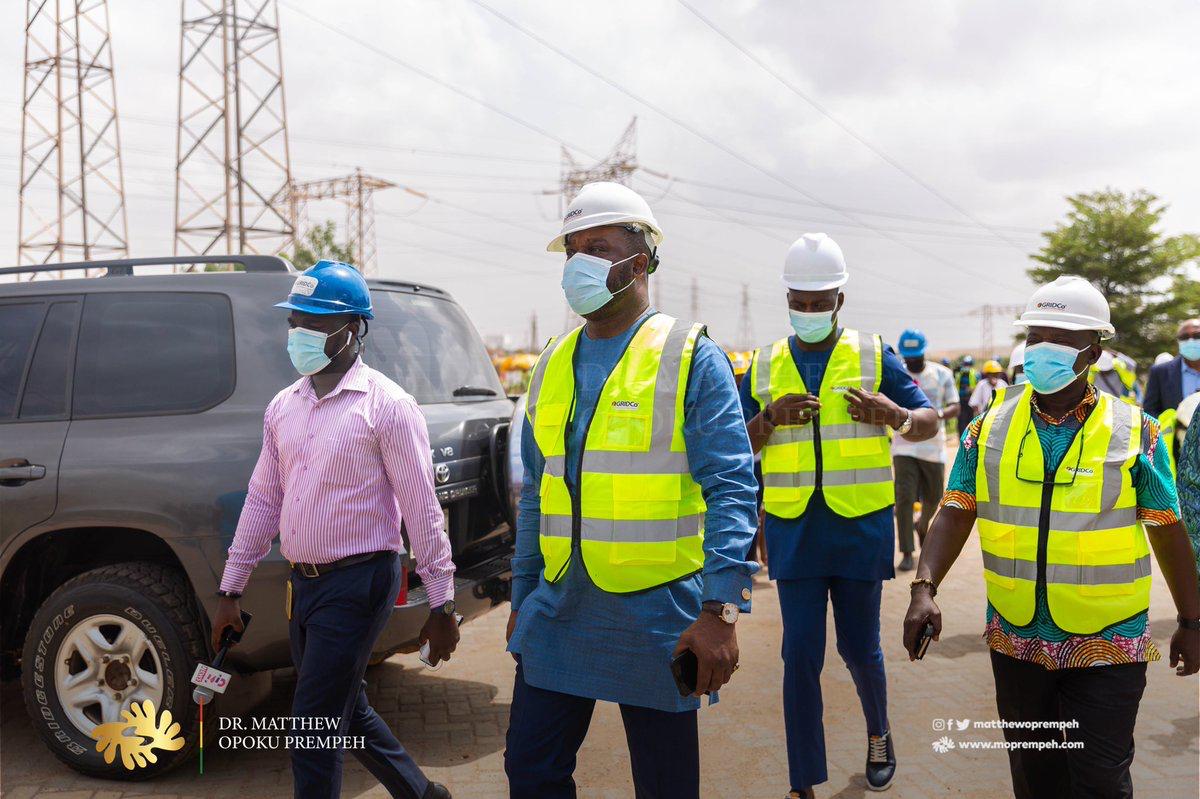
Critical projects
To address the challenges, the ministry aggressively pursued a number of upgrade works including, the 330/34.5 kilo-volt Pokuase Bulk Supply Point, funded by the Millennium Development Authority (MiDA), which has since been commissioned and is harnessing reliable and quality power supply to areas such as Pokuase, Kwabenya, Legon, Nsawam and its environs.
“The essence of constructing the sub-station is to improve power supply quality and reliability to some 350,000 existing customers of the Electricity Company of Ghana (ECG) in Pokuase, Kwabenya, Legon, Nsawam and neighbouring communities.
“ It is also planned to reduce significantly technical losses in GRIDCo’s transmission system and the ECG power distribution system, ultimately contributing to improving their financial viability,” President Akufo-Addo said at the commissioning of the Pokuase project, which is the country’s largest bulk electricity supply point.
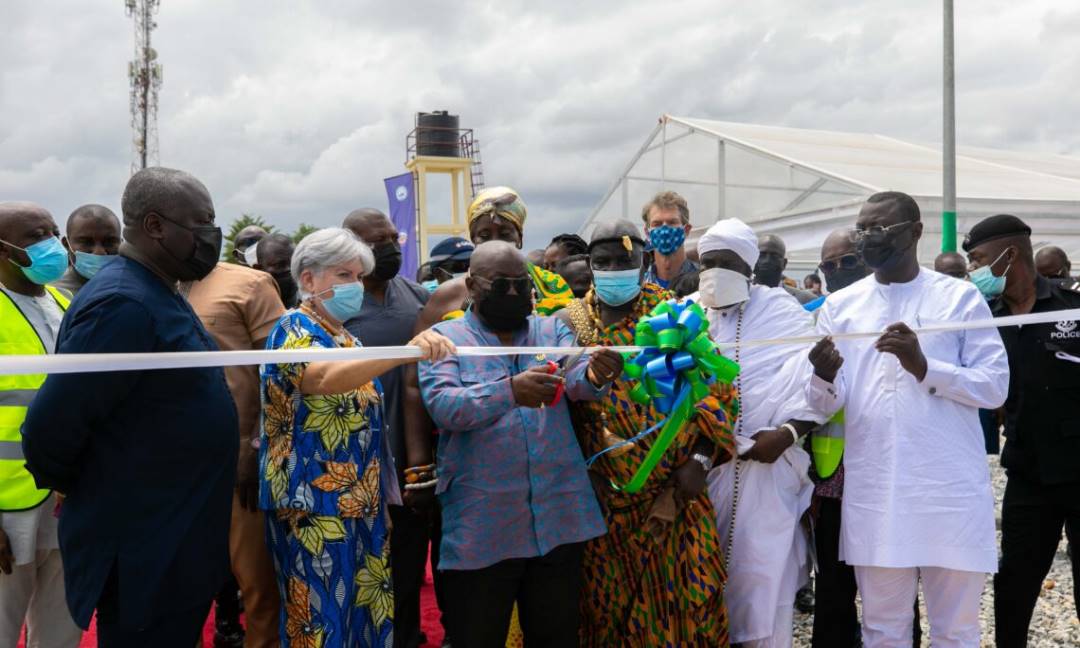
Besides Pokuase, the Kasoa Bulk Supply Point, also funded by MiDA, has been commissioned.
Commissioning the project, the Vice President, Dr Mahamudu Bawumia said, “This strategic investment, will contribute to the reduction in technical losses, improve power quality and also resolve issues related to the quantum of unserved energy, thereby improving the operational efficiency and finances of ECG and GRIDCo.”
In addition, the 330kV Kumasi-Bolgatanga electricity transmission project at the Anwomaso Substation of GRIDCo has been completed and commissioned.
Financed by the French Development Agency (AFD) at a total cost of US$173.9 million, with a grant of €4.8 million from the European Union, the project consists of the construction of approximately 550km of 330kV transmission line from Kumasi to Bolgatanga, the construction of 330kV substations in Kumasi, Kintampo, Tamale and Bolgatanga, the expansion of the existing 161kV substations at those locations and the implementation of environmental mitigation measures and a resettlement action plan for the project.
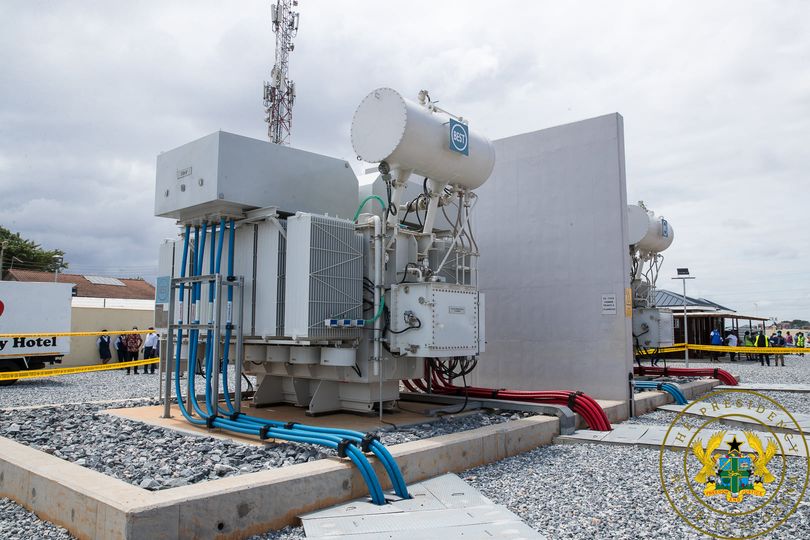
It is an integral part of the West Africa Power Pool (WAPP) project, which seeks to reinforce the Ghana transmission system, ensure the export of at least 100 megawatts of electricity to Burkina Faso, as well as increase the reliability of the Ghana-Burkina Faso interconnection project.
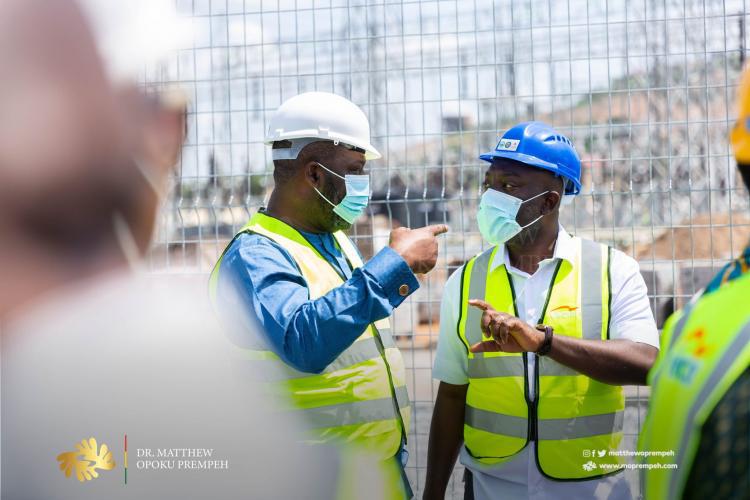
Priority
Dr Opoku Prempeh has persistently indicated that Ghana’s energy security is of topmost priority to the government. That is why he is championing efforts to ensure that the power and petroleum sectors of the country are strengthened.
At the 3rd Ghana Investment and Opportunity Summit (GHIOS) in London, United Kingdom on June 6-7 2023, Dr Prempeh, whilst contributing to a panel discussion on the topic, “The future of Energy in Ghana- exploring the energy mix and the case for renewable energy”, took investors through the energy situation of the country and pointed out that the future of energy in Ghana will be renewable energy, which presents great opportunities within the energy transition framework.
“These opportunities are being pursued alongside our quest for massive oil and gas exploration, because a country like Ghana must find the right balance in the utilisation of its energy resources, of course, cognizant of international commitments,” Dr Opoku Prempeh noted.
Access to power
Ghana currently is first in access to electricity penetration in sub-Sahara Africa.
The World Bank’s April 2023 Africa’s Pulse Report, which assessed electricity access rate between 2015 and 2021 scored Ghana 81.2 per cent, beating the likes of Cote D’Ivoire, Kenya, Senegal, Nigeria, Rwanda, and The Gambia.
The report further indicated that Ghana, together with Rwanda, and Kenya were on track to achieving full energy access by 2030.
